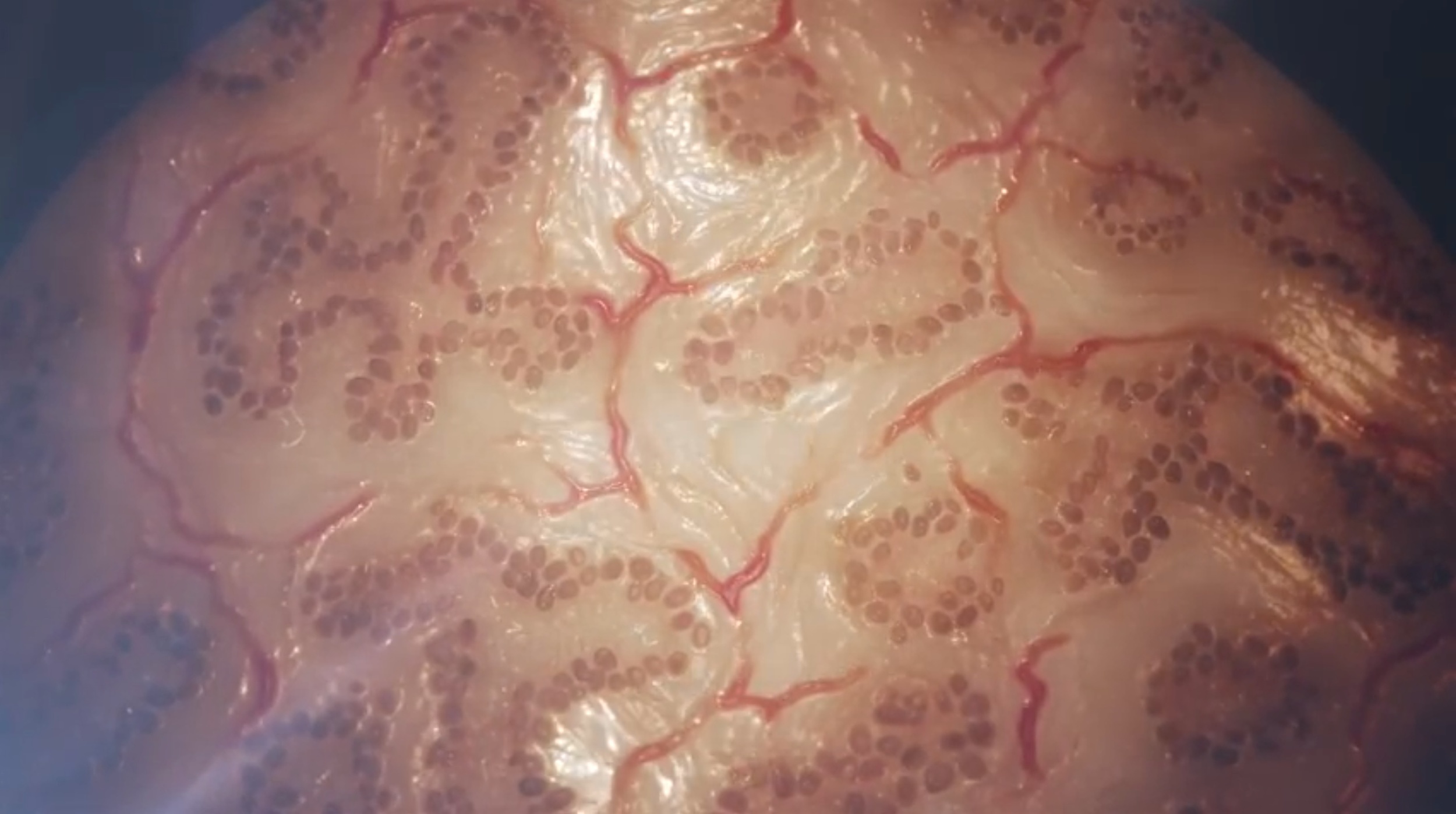
The ability to 3D print living human tissues, including skin and even organs, is under rapid development. When the technology becomes available, ethical questions must be answered.
According to a report on ComputerWorld, 3D bioprinting continues to develop. Organovo, for example, has successfully produced 0.5mm structures that survive for more than 40 days, opening the way for larger collections of living tissue.
But when this technology is more widely available, ethical questions arise, according to a recent Gartner report. They cite one key concern as the composition of the tissue. With 3D bioprinters it’s entirely possible to 3D print living cells that are not human. You could even mix human and non-human cells in a structure.
What does that mean? What are the legal, political, religious and technical implications? It seems pretty clear that these are highly loaded questions that will not be answered to everyone’s satisfaction anytime soon.
It’s just another way 3D printing is changing our world.
Via

